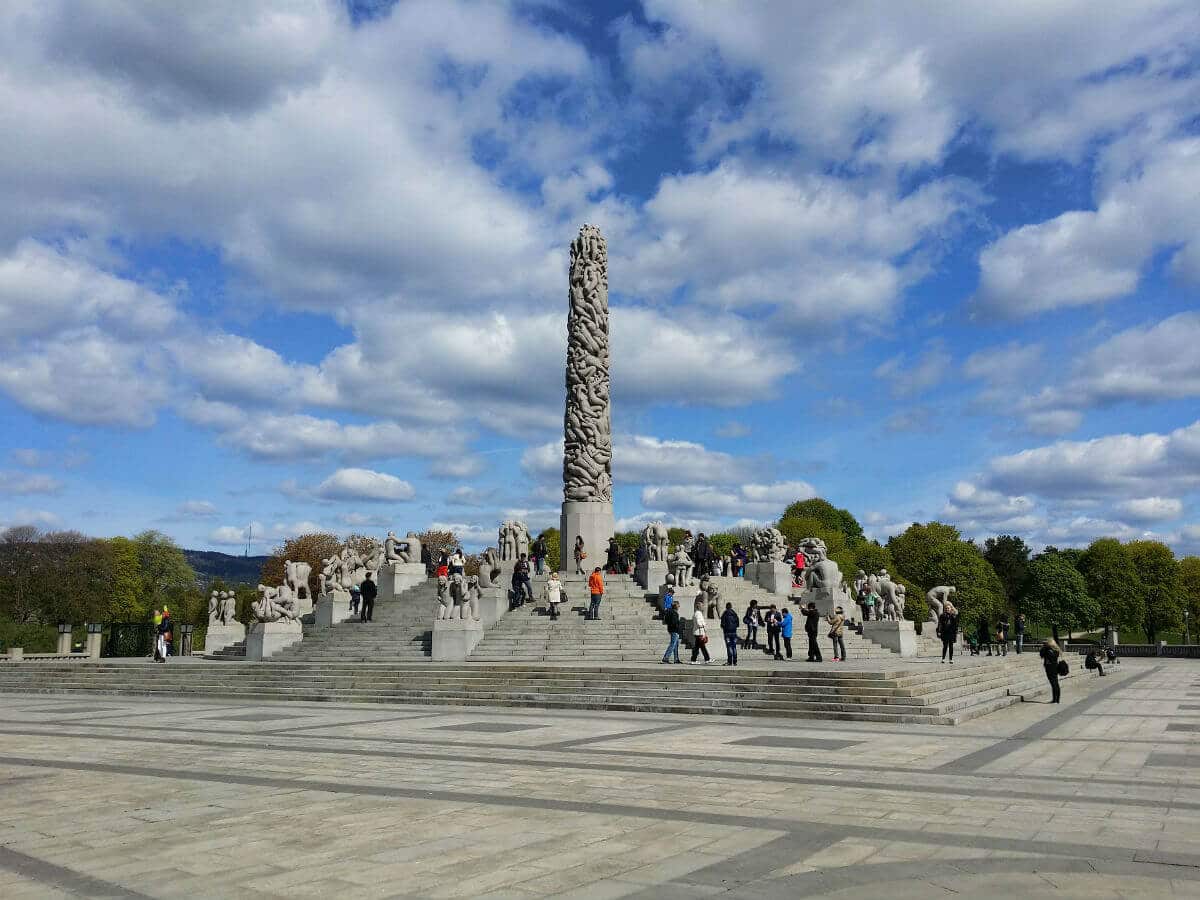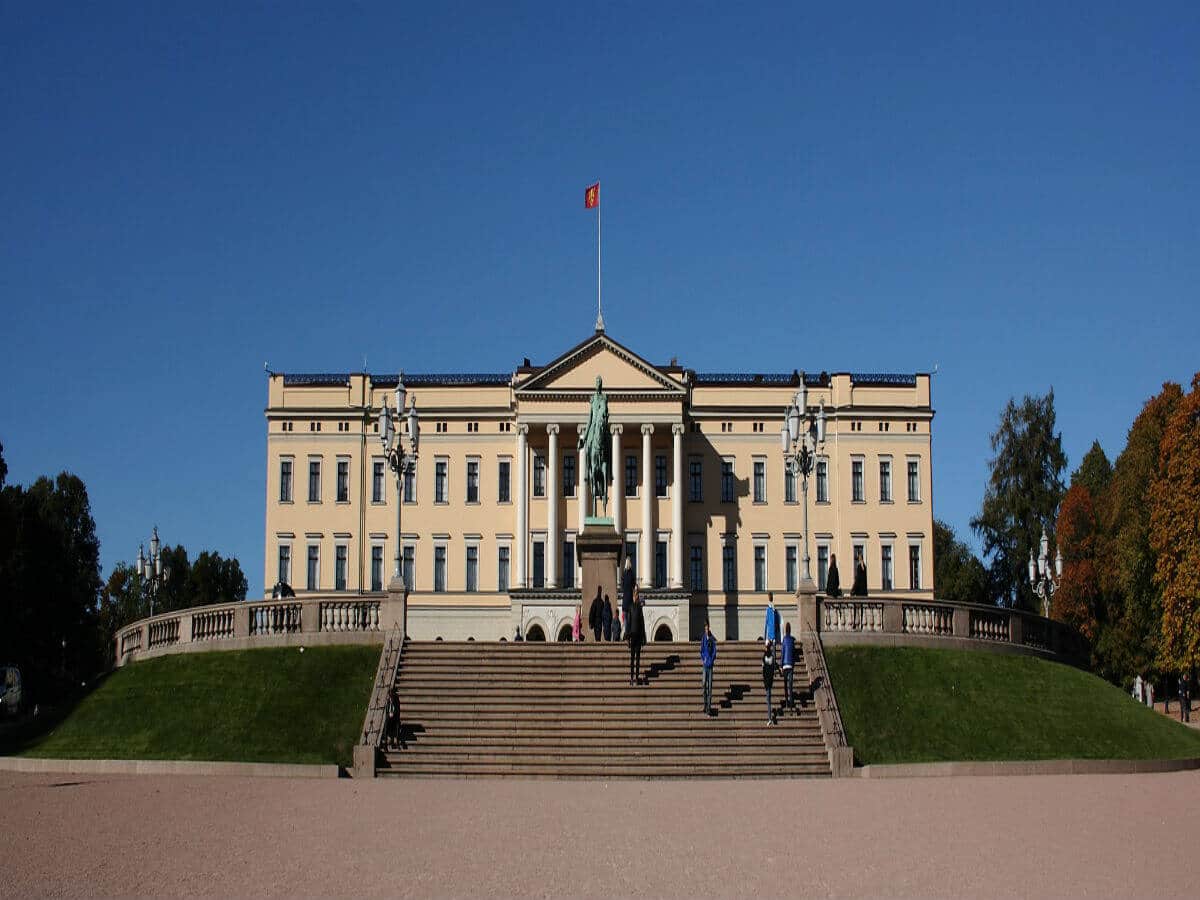Tour Packages
Norway Tour Packages
SUPER DEAL PRICE
STARTS FROM
per person on twin sharing
ATMs are accessible in most areas of Norway.
Credit Cards are widely accepted.
Finding a bank in Norway is generally easy.
The legal drinking age in Norway is 20.
Norwegians are known for their friendly hospitality.
Norway - Visitors Statistics

Annually
78,00,000
Male51%
Female49%
By Purpose
Couples
For Newlywed Vacations
Family
For Family Vacations
Top Visitors from India
Delhi
Mumbai
Bengaluru
Chennai
Hyderabad
Kolkata
Pune
Ahmedabad
Jaipur
Lucknow
Everything You Need to Know About Norway
The name Norway comes from an old English word that means ‘northern way’ or ‘the land to the north’ or simply means ‘narrow inlet’. Some believe it’s a reference to the mythological King Nor. A country with an abundance of natural beauty, Norway is known for its mountains and coastlines. Summers are warm and pleasant, with longer days, while winters are cold, with shorter days.
The Kingdom of Norway, located on Europe’s northernmost tip, is known for its scenic landscapes, including soaring mountains and a spectacular coastline. Norway is a great destination for your Europe trip with its vast fjords, massive glaciers, and impressive island clusters. Norway is also one of the richest countries in the world, largely due to oil and gas exports since its discovery in the late 1960s.
If you want to explore Norway’s cultural heritage, quaint fishing villages, and trendy cities like Oslo, Flam, and Bergen at a quarter of the cost of a Europe tour package (link to page), visit us for the best Norway tour packages.
View All Norway Packages
Travel Tips
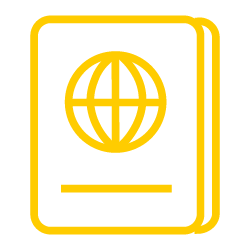
Visa Information
Check visa requirements before traveling, ensuring a smooth entry and compliance with destination regulations.
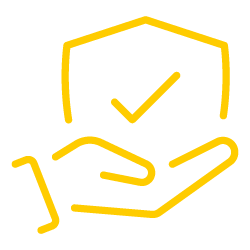
Health and Safety Tips
Prioritize health, stay hydrated, follow safety guidelines, and maintain personal hygiene for a secure journey.
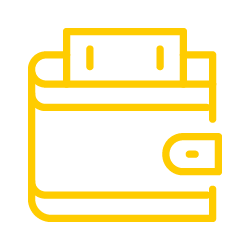
Currency and Tipping
Familiarize with local currency, consider customary tipping practices for respectful and seamless travel experiences.
FAQs:
Book Your Dream Vacay Today!













